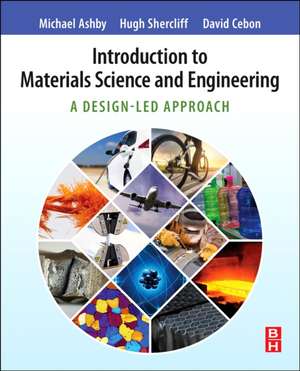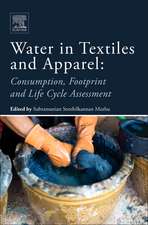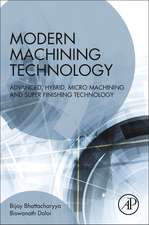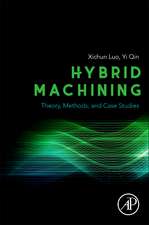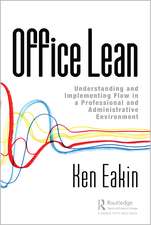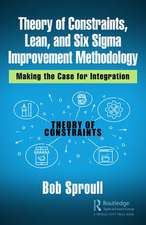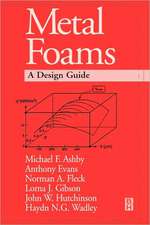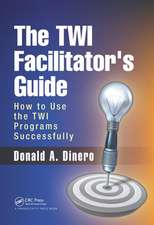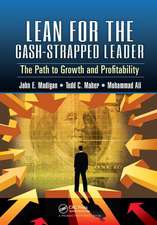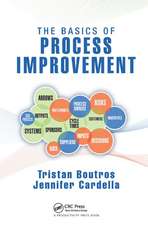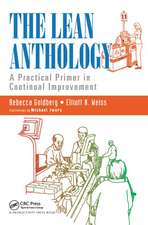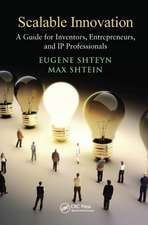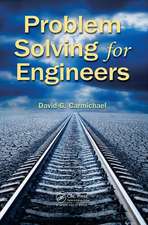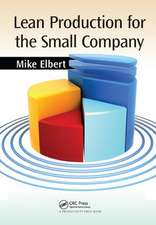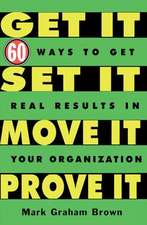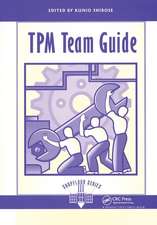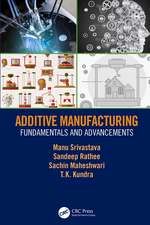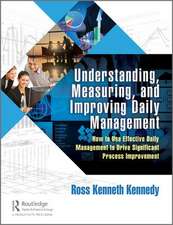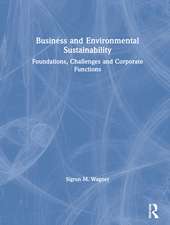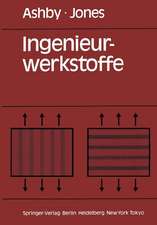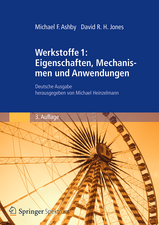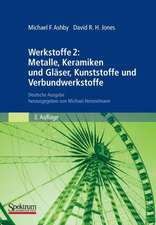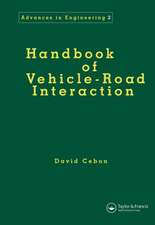Introduction to Materials Science and Engineering: A Design-Led Approach
Autor Michael F. Ashby, Hugh Shercliff, David Cebonen Limba Engleză Paperback – 7 aug 2023
- Design-led approach motivates and engages students in the study of materials science and engineering through real-life case studies and illustrative applications
- Requires a minimum level of math necessary for a first course in Materials Science and Engineering
- Highly visual full color graphics facilitate understanding of materials concepts and properties
- Chapters on materials selection and design are integrated with chapters on materials fundamentals, enabling students to see how specific fundamentals can be important to the design process
- Several topics are expanded separately as Guided Learning Units: Crystallography, Materials Selection in Design, Process Selection in Design, and Phase Diagrams and Phase Transformations
- For instructors, a solutions manual, image bank and other ancillaries are available at https://educate.elsevier.com/book/details/9780081023990
Preț: 429.10 lei
Preț vechi: 567.86 lei
-24% Nou
Puncte Express: 644
Preț estimativ în valută:
82.11€ • 85.96$ • 67.94£
82.11€ • 85.96$ • 67.94£
Carte disponibilă
Livrare economică 10-24 martie
Livrare express 28 februarie-06 martie pentru 95.43 lei
Preluare comenzi: 021 569.72.76
Specificații
ISBN-13: 9780081023990
ISBN-10: 0081023995
Pagini: 704
Dimensiuni: 191 x 235 x 27 mm
Greutate: 1.08 kg
Editura: ELSEVIER SCIENCE
ISBN-10: 0081023995
Pagini: 704
Dimensiuni: 191 x 235 x 27 mm
Greutate: 1.08 kg
Editura: ELSEVIER SCIENCE
Public țintă
Undergraduate materials, mechanical, chemical, civil & aeronautical engineering students taking a first course in materialsCuprins
1.Introduction: materials — history, classification, and properties
2. Materials, processes, and design
3. Material properties and microstructure — overview and atom-scale fundamentals
4. Elastic stiffness and stiffness-limited applications
5. Plasticity, yielding and ductility, and strength-limited applications
6. Fracture, fatigue, and fracture-limited applications
7. Materials and heat: thermal properties
8. Materials at high temperatures: diffusion and creep
9. Surfaces: friction, wear, oxidation, corrosion
10. Functional properties: electrical, magnetic, optical
11. Manufacturing processes and microstructure evolution
12. Materials, environment, and sustainability
Guided Learning Unit 1: Simple ideas of crystallography
Guided Learning Unit 2: Material selection in design
Guided Learning Unit 3: Process selection in design
Guided Learning Unit 4: Phase diagrams and phase Transformations
Appendix A: Material property data
2. Materials, processes, and design
3. Material properties and microstructure — overview and atom-scale fundamentals
4. Elastic stiffness and stiffness-limited applications
5. Plasticity, yielding and ductility, and strength-limited applications
6. Fracture, fatigue, and fracture-limited applications
7. Materials and heat: thermal properties
8. Materials at high temperatures: diffusion and creep
9. Surfaces: friction, wear, oxidation, corrosion
10. Functional properties: electrical, magnetic, optical
11. Manufacturing processes and microstructure evolution
12. Materials, environment, and sustainability
Guided Learning Unit 1: Simple ideas of crystallography
Guided Learning Unit 2: Material selection in design
Guided Learning Unit 3: Process selection in design
Guided Learning Unit 4: Phase diagrams and phase Transformations
Appendix A: Material property data
